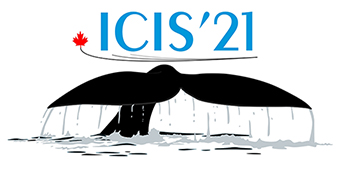Speaker
Description
The thick-target ISOL (Isotope mass Separation OnLine) method provides beams of more than 1000 radionuclides of 74 elements. The method is well established for elements with sufficiently high volatility at up to ca. 2000 C. To extract elements with high melting or boiling points, the formation of a volatile molecule is required. While successful in some cases (e.g. carbon or boron), most of these elements are not yet available as ISOL beam. A variety of volatile carrier molecules has been proposed for all elements produced in the target material [1], but their probability of survival during the extraction and ionization process is often limited by the high temperatures required for isotope diffusion in the thick targets and for ion source operation [2]. While cold target concepts have already been proposed [3], the normal mode of operation of the typically used VADIS (Versatile Arc Discharge Ion Source) with a hot cathode [4] is not well suited. Here we report about first measurements with the electron-impact ion source operated at ambient temperature. Electrons were liberated from the cathode by a laser. While the mechanism of electron production was not yet identified, we propose design parameters for a future photocathode-driven ion source aiming at more than 1% efficiency for the model compound Mo(CO)6.
[1] G. Herrmann, Ark Fys, 1967, 36, 111 [2] U. Köster et al, EPJ ST, 2007, 150, 285 [3] J.P. Ramos et al., NIMB, 2016, 376, 81 [4] L. Penescu et al, RSI, 2010, 81, 02A906
| E-mail for contact person | Jochen.Ballof@cern.ch |
|---|
